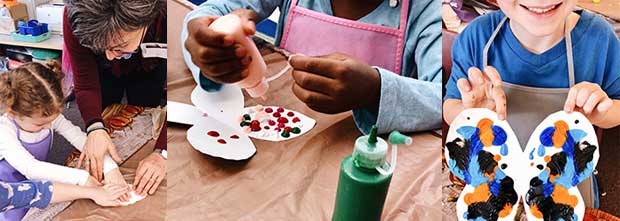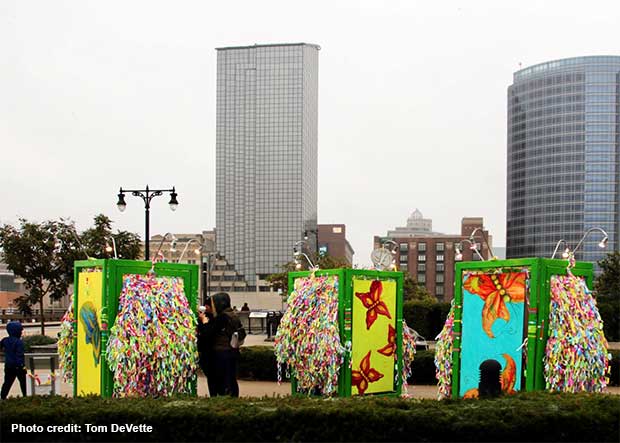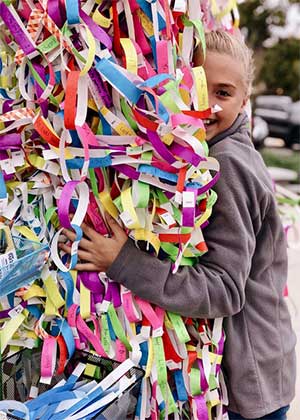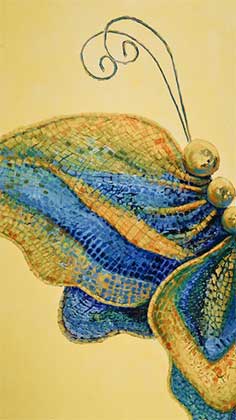 Twenty years ago, the Columbine High School tragedy happened. America sat in shock, frozen before the television. Kids were gunned down. At school. The killers laughing. Like playing Fortnite. In real life.
Twenty years ago, the Columbine High School tragedy happened. America sat in shock, frozen before the television. Kids were gunned down. At school. The killers laughing. Like playing Fortnite. In real life.
Sadly, history replayed. A few years later a milkman locked ten Amish girls in a Pennsylvania school house and pulled the trigger. Again. And again. And again. America shuttered, imagining the unimaginable: the last moments of the pure of heart.
Then Sandy Hook. No, not six-year-olds. America dropped to her knees, reeling in anguish.
In response to America’s heartbreaking school violence, Craig Scott, a former Columbine student, talked about his struggle with anger and hatred, and Frank DeAngelis, the former Columbine principal, said tougher gun laws, mental health services, and other supports are needed. But both Scott and DeAngelis agree that the main take away message from the Columbine tragedy is this: be kind to one another.
After the Columbine massacre while Tom and Sue Klebold, parents of one of the shooters, hid from America’s anger, their neighbors displayed a large banner to shift the narrative: “Sue & Tom, We Love You. We’re Here for You. Call Us.” These neighbors extended unconditional love.
Anne Marie Hochhalter, still paralyzed as a result of gunshot wounds at Columbine, demonstrated grace by writing a letter to the mother of her assailant: “I have no ill-will towards you. Just as I wouldn’t want to be judged by the sins of my family members, I hold you in that same regard. It’s been a rough road for me…because of my spinal cord injury and intense nerve pain, but I choose not to be bitter towards you. I have forgiven you.”
Twenty years after the bloodbath at school, these powerful examples of mercy and kindness show us how to step into our pain with healing. They show us how to embody divine beauty—in our brokenness. That horrific first, Columbine, has shown America something else: it has shown us how forgiveness and love can stop the hatred of bullets.
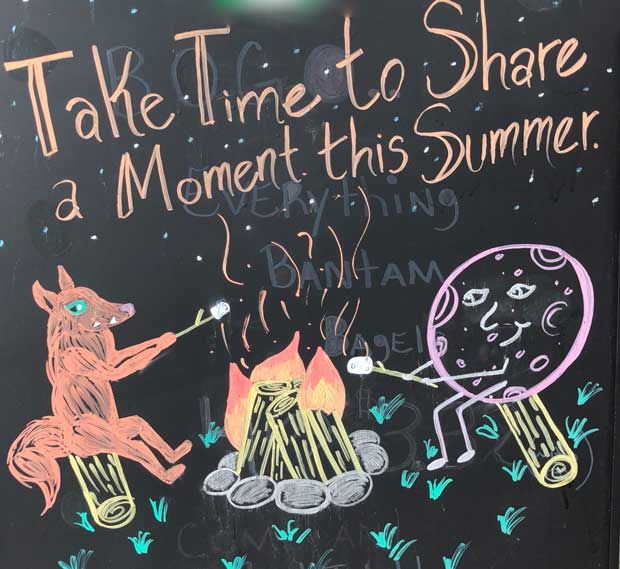
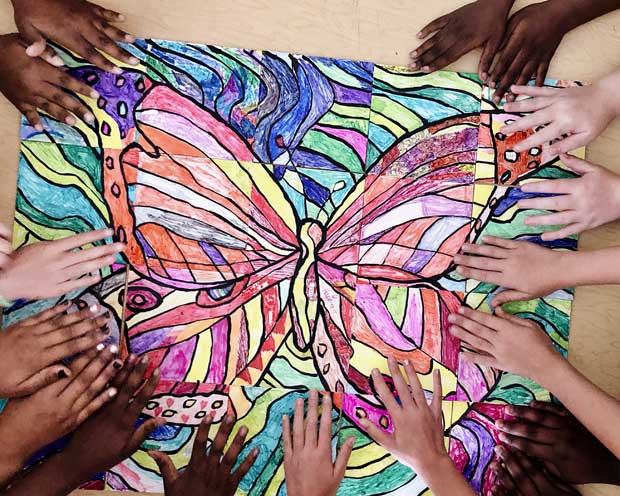
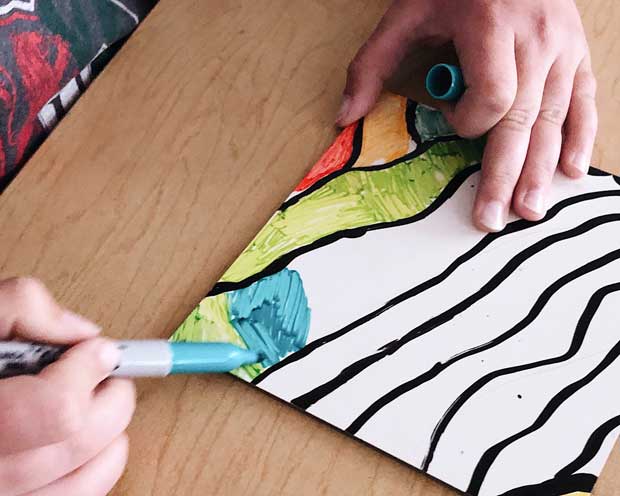
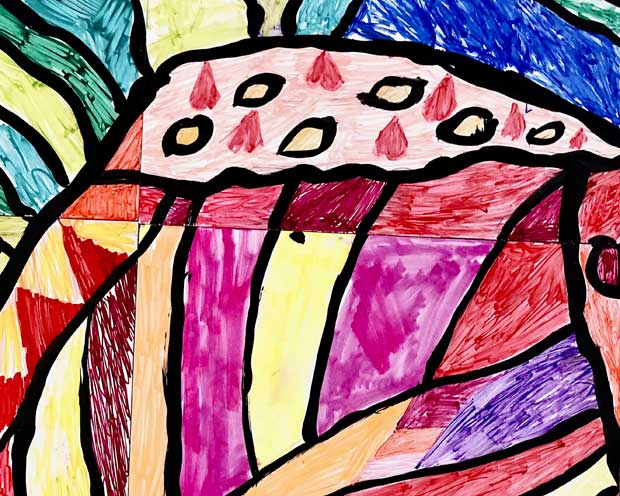

 Twenty years ago, the Columbine High School tragedy happened. America sat in shock, frozen before the television. Kids were gunned down. At school. The killers laughing. Like playing Fortnite. In real life.
Twenty years ago, the Columbine High School tragedy happened. America sat in shock, frozen before the television. Kids were gunned down. At school. The killers laughing. Like playing Fortnite. In real life.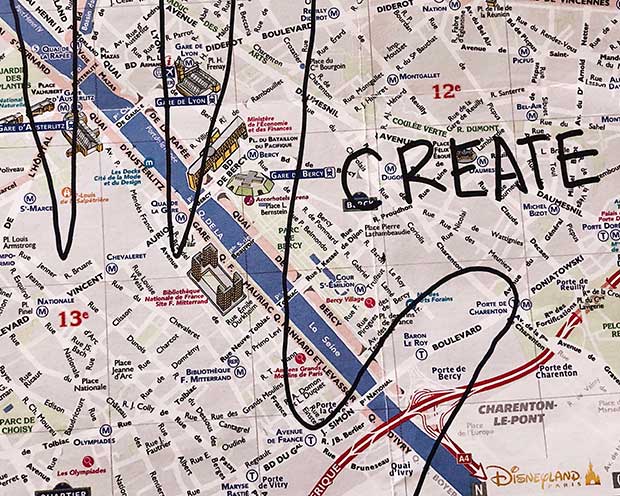
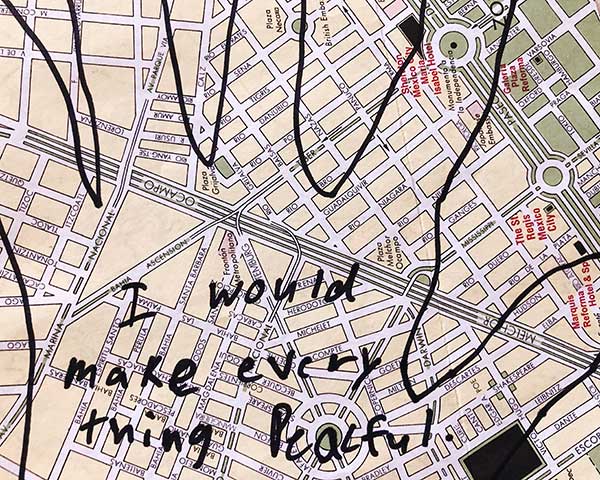
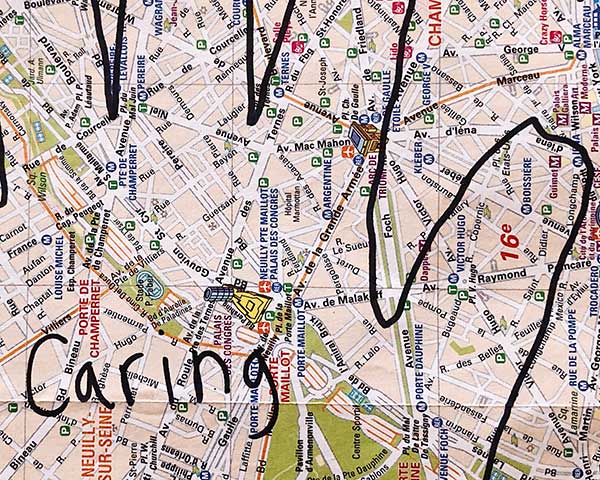
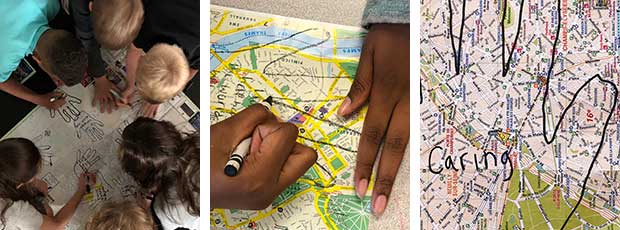
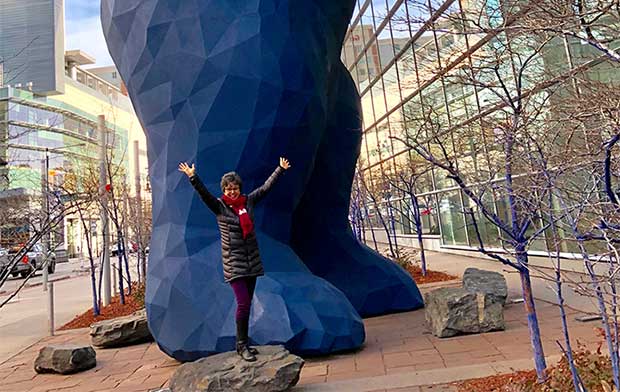
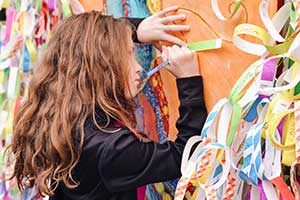 But visitors’ desire to write messages on the wristbands couldn’t be altered; they were determined. So, at the last minute, I had to scramble to come up with pens. Thankfully, one of my volunteers kindly brought a box of 50 used pens. After a decade of experience with large crowds at my interactive exhibits, I was pretty sure that 50 pens would only last two or three days.
But visitors’ desire to write messages on the wristbands couldn’t be altered; they were determined. So, at the last minute, I had to scramble to come up with pens. Thankfully, one of my volunteers kindly brought a box of 50 used pens. After a decade of experience with large crowds at my interactive exhibits, I was pretty sure that 50 pens would only last two or three days.